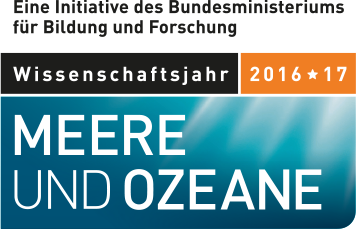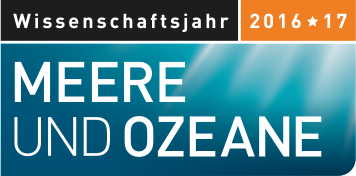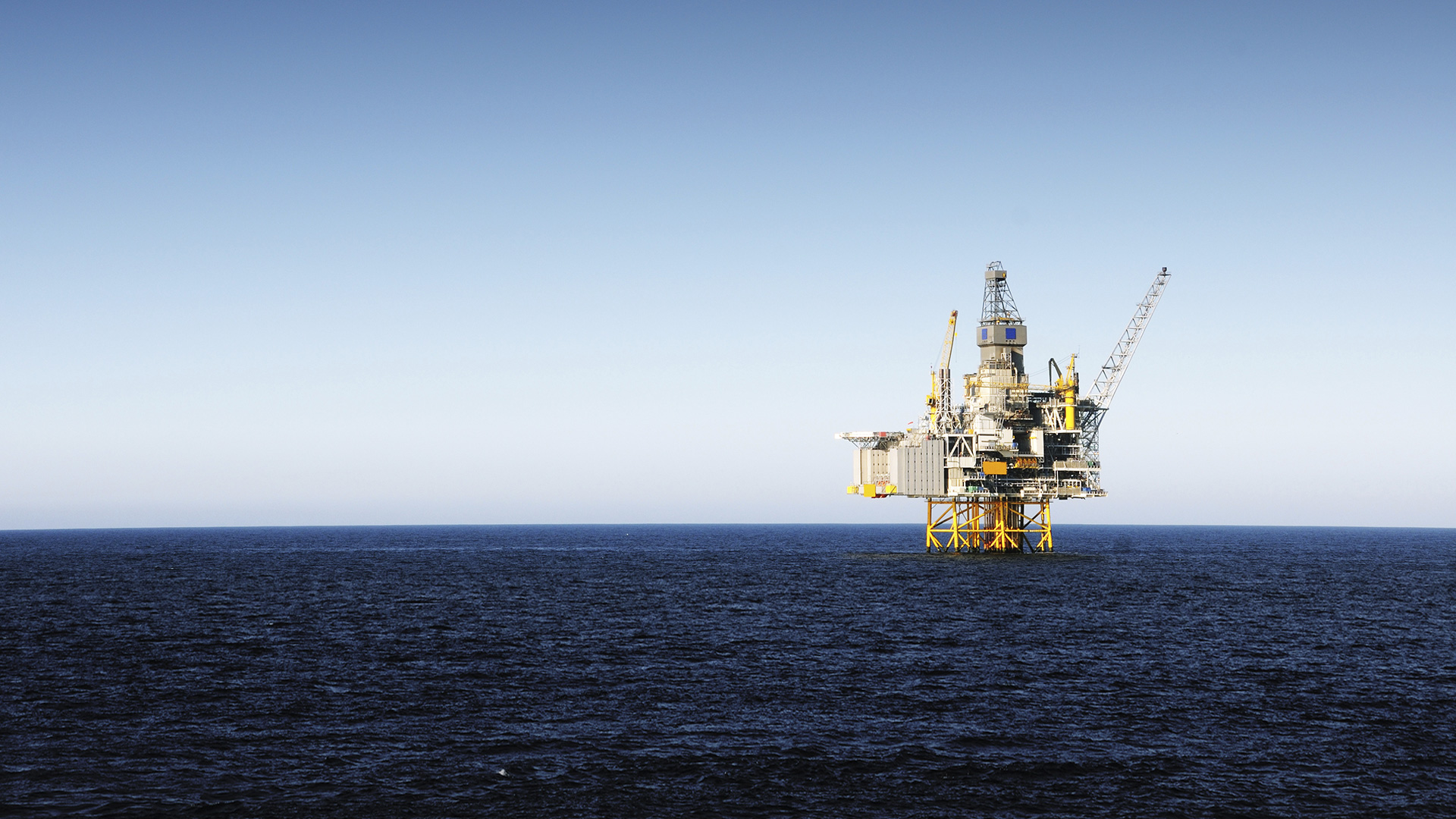Mineral deposits under the seafloor
For most of the participants, Cruise JC138 on the British research vessel James Cook began in Ponta Delgada on the Azores island of Santa Maria on 8 July 2016. The crew came from six different countries – the United Kingdom, Portugal, France, Belgium, Singapore and Germany. As it took almost a whole day to load the scientific equipment and bunker drinking water and food in port, we scientists had sufficient time to explore the island, get to know our colleagues and – perhaps most importantly of all – enjoy a little bit of nature before putting out to sea. Ahead of us lay 42 long days in the mid-Atlantic, far away from all civilization.
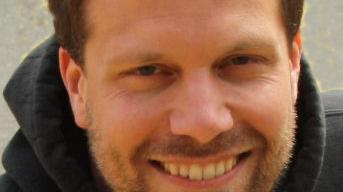
Sebastian Hölz has been working at GEOMAR Helmholtz Centre for Ocean Research Kiel since 2007, specializing in running marine electromagnetic experiments and in the design and construction of the respective equipment. He led the GEOMAR team on Cruise JC138, his tenth major voyage.
After five days at sea, we reached the TAG hydrothermal field on the Mid-Atlantic Ridge, which is being studied under the Blue Mining Project of the EU's 7th Research Framework Programme (FP7). The aim of the project is to test new methods and techniques for locating seafloor mineral deposits and assessing resources.
For our work, we were able to draw on initial results from Cruise M127 (RV Meteor), which my colleague Sven Petersen described in the previous blog. The high-resolution relief maps of the ocean floor prepared by that voyage provided the basis for our experiments. They were invaluable for planning and conducting our work as our tests were conducted at depths of over 3,500 metres with an extremely hilly seafloor - often with inclines of 45° and differences in altitude of several hundred metres. At the same time, the areas of interest were often only five by five to ten by ten metres in size.
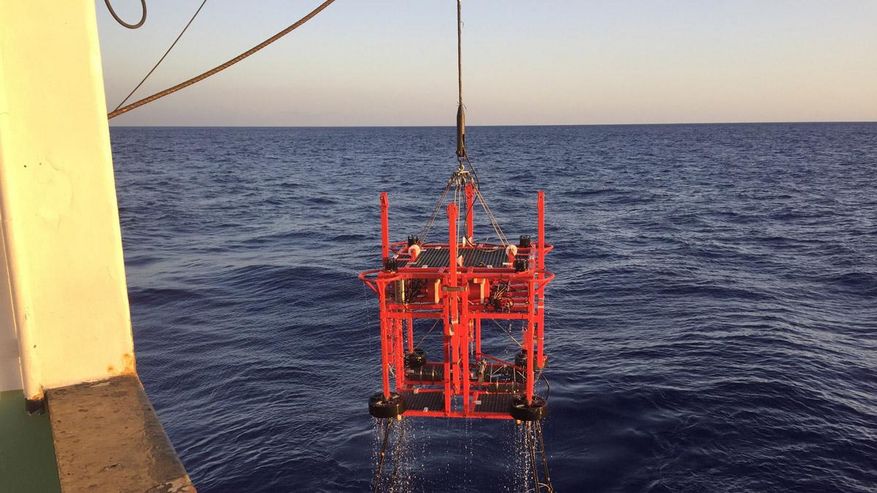
The first attempts using the British Geological Survey's (BGS) Rockdrill 2 (RD2) showed just how hard our work in the area would be. The drill is positioned on the ocean floor using a lift cable and can take core samples of up to 55 metres in length. Apart from the diverse technical challenges, it proved extremely difficult to position RD2 firmly on the uneven and often unexpectedly soft seafloor. After innumerable failed efforts, several attempts were in the end successful. Although we were unable to extract a single long core sample as we had planned, we were able to obtain many metres of samples, which will provide new insights into the properties of the geology just below the surface.
The most exciting task from my own point of view was the use of our new MARTEMIS electromagnetic coil system. This novel system works like a huge metal detector. The launching of our rather unusual piece of equipment – a logging frame with a measuring coil suspended 15 metres below it – initially caused quite a stir.
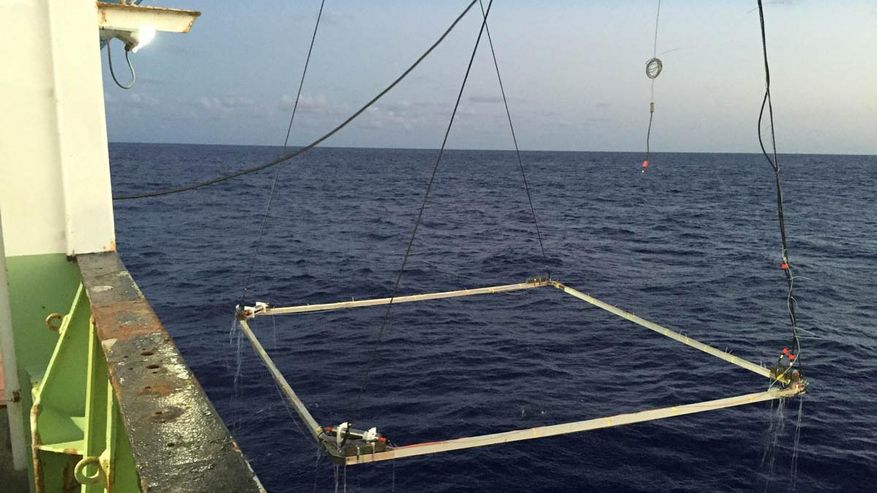
This novel system works like a huge metal detector. The launching of our rather unusual piece of equipment – a logging frame with a measuring coil suspended 15 metres below it (see images) – initially caused quite a stir. Following some discussions with the excellent British deck crew and a couple of tries, we were able to develop a procedure for getting the equipment safely into the water. The experiments on the ocean floor demanded absolute concentration as we have to "fly" the equipment at a low level (six to twelve metres) above the seafloor and can only control the altitude by means of the winch cable. We ultimately succeeded in using the equipment to take measurements over a profile length of approximately 13 kilometres. This will give us a deeper insight into the composition of the upper 30 to 40 metres below the seafloor.
All in all, the voyage was most successful and cooperation within the international team very pleasant.
